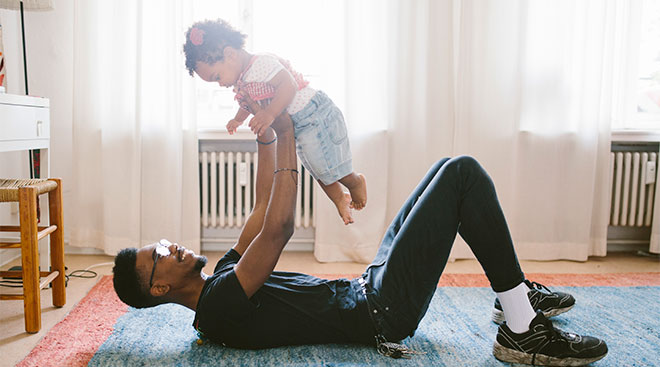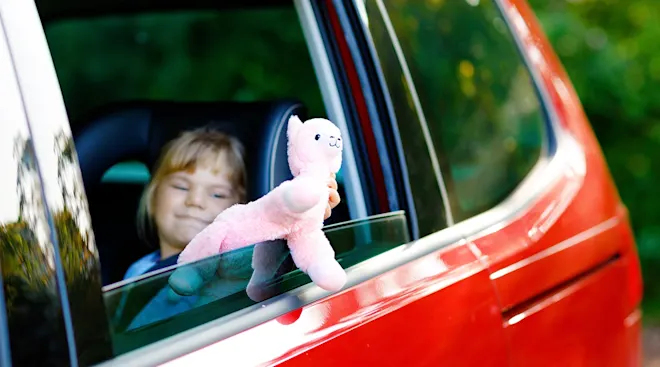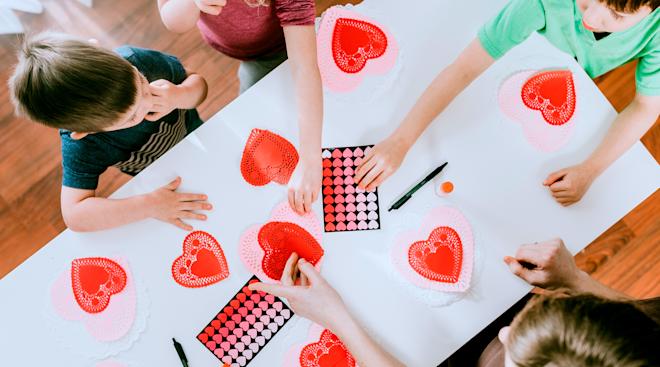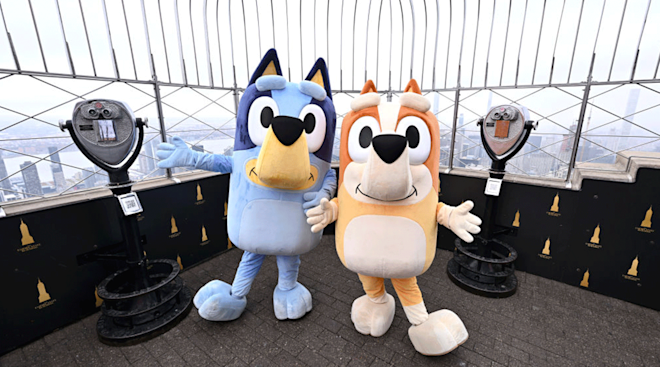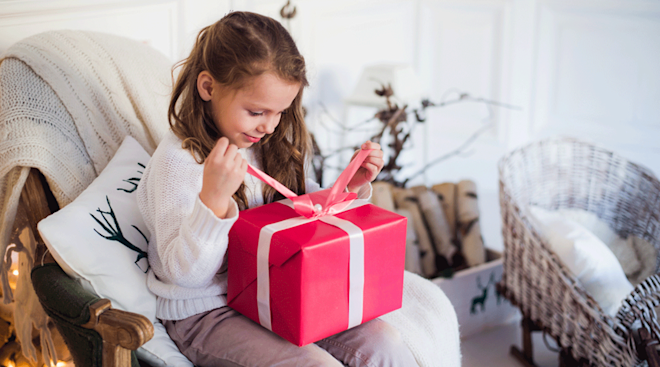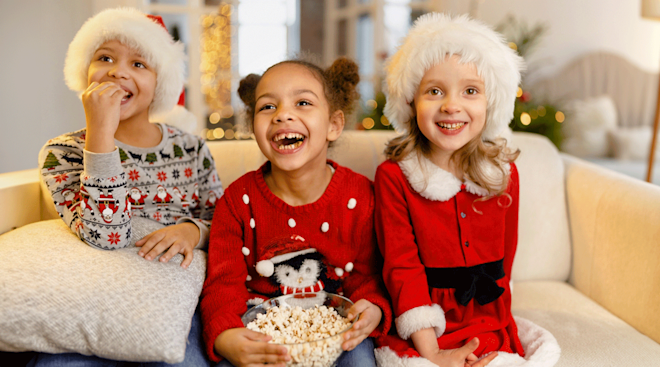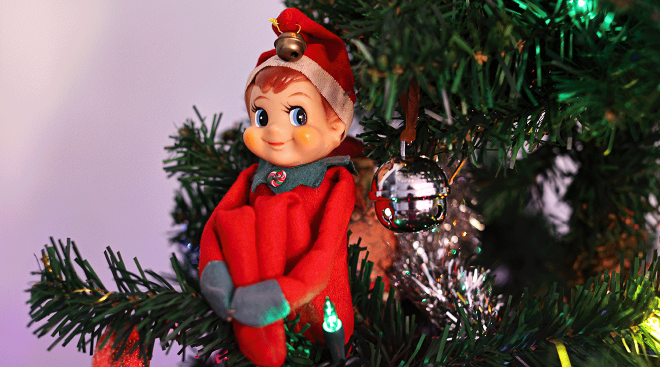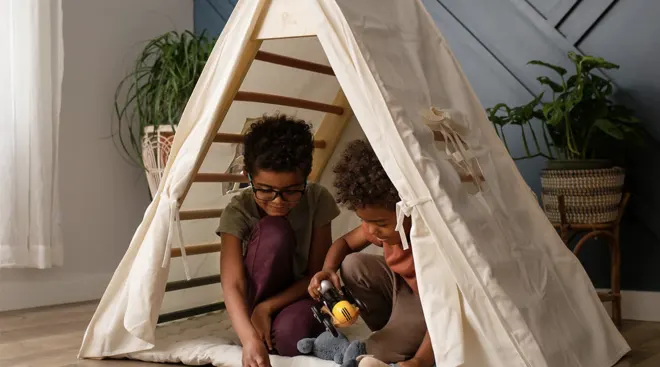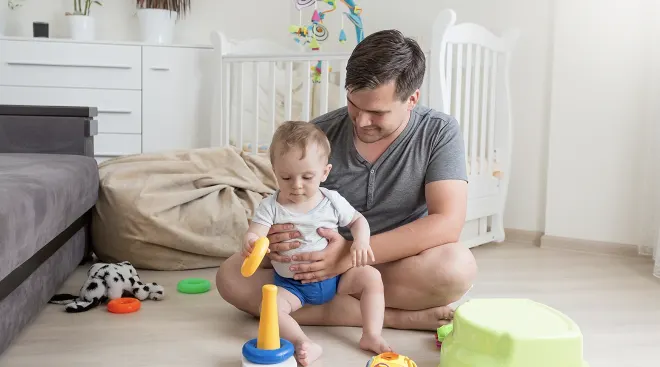How to Create a Play Space for Your Child Without Buying a Single Toy
As adults, we know what it’s like to need our own space. Whether it’s a home office to work, a special place to relax with a coffee and read, or a place to entertain hobbies, having a dedicated space of your own is vital for productivity and relaxation. Children are no different. They also need their own area for play and exploration. Ideally, play spaces for children should be zones where they are exposed to choices that allow them to discover and learn through play. Space is often a commodity in most homes—we get it—but it’s so important that you have a dedicated area that is a “yes” zone for your child to play. Of course, you will want the place to be safe and away from breakables, and away from high-traffic areas. Think of this as your child’s office and make it a place without too many outside distractions, so they can truly get lost in play.
For many parents, the idea of a playroom filled with toys immediately comes to mind. But that’s not the only option. In fact, a play space should not be overwhelming for the child. Too many commercialized toys can have that effect—your child’s play space does not have to contain any toys at all! A good first step for parents who want to purge some toys and streamline their child’s play space is to go on a “toy diet.” This means not buying any new toys, taking a hard look at the ones you already have, deciding if they are worth keeping and then reimagining how you can present the toys they do use. Sometimes, all you need to do is put some toys away for a month or two and bring them out one at a time to give your child something different to play with. But when it’s time for you to decide what toys go and which ones stay, use these determining questions:
•Has it been more than a month since they’ve had an interest in it?
•Are there multiple ways this toy can be used?
•Is this toy engaging or entertaining?
Now, here comes the fun part – purge all of the toys that don’t meet your expectations (don’t throw them away, donate them and bring your child along with you to learn about this process of charity and giving to another child). This will free up space to give your child things to discover that will seem like toys to them, but are actually simple, everyday items they can explore with instead.
Here’s a list of non-toys that your child will love:
They find genuine wonder in making the item change shape. It’s like the more engaging version of an electronic toy with buttons, except much more open-ended. If you have silicone collapsible measuring cups, colanders, bowls, or even a collapsible laundry basket, your child will love manipulating them. They will also love the texture and the way they feel in their hands and mouths. Bonus is that things that collapse don’t take up as much space either!
The silicone measuring cups and bowls above are an example. Now, you have items that collapse and nest, so your child has many different ways to play and explore with them. But other things have nesting capabilities, such as plastic hair rollers. They come in different sizes that nest and have different colors for a visual connection to stacking and different dimensions. Also, the small size of these rollers is perfect for little hands.
Wooden boxes—like an old canister set, pillboxes, apothecary containers, spice containers, etc.—are perfect examples. Manipulating the lid’s on and off action is both entertaining and great for practicing fine motor skills.
These are quite entertaining for children. If you have a set of bowls, the nesting property is present, and children love the noise they make when stacking or playing. The pans with lids have the on-off motion and a noise factor that your child will find amusing and stimulating.
These containers, like the ones some nuts or coffee come in, are also great non-toys for children. They make noise, and figuring out how the tops work is also an entertaining discovery for your child. Add a snack, such as cereal or small crackers, and let them put the snack pieces in and out and eat a few pieces as they play. If you have small kitchen scoops, add these for banging and practicing the scooping motion of putting things in the containers.
When it comes to raising children, simplicity is sometimes best. Giving your child their own play space and having engaging items for manipulation and discovery is beneficial to their development. As new parents, you might be tempted to buy every new toy on the market—and there are some excellent choices out there. But don’t be tempted to think your child needs these designer toys, when they are fully capable of finding wonder in everyday items. As long as the item is a safe size and material, your child will be able to occupy themselves and engage for long periods of time.
Navigate forward to interact with the calendar and select a date. Press the question mark key to get the keyboard shortcuts for changing dates.
































